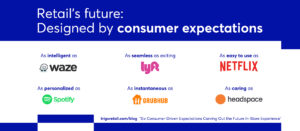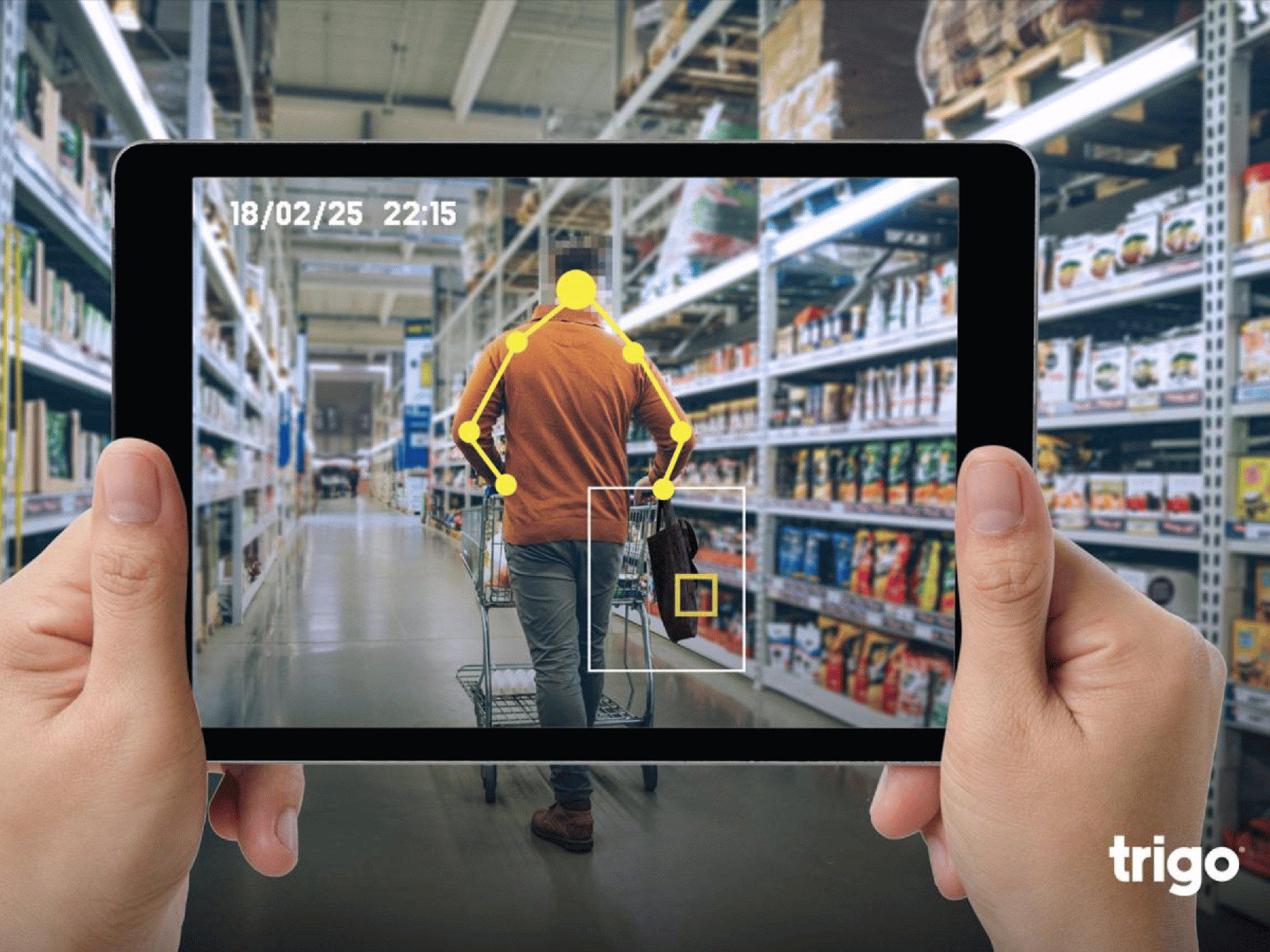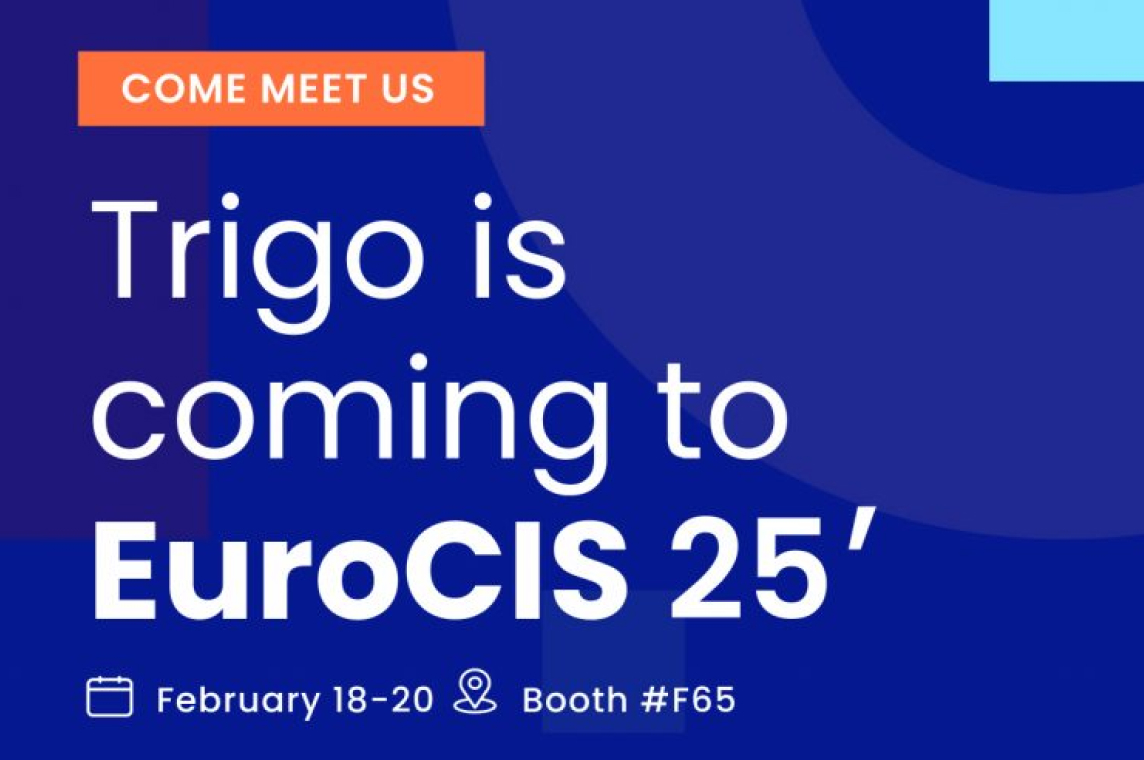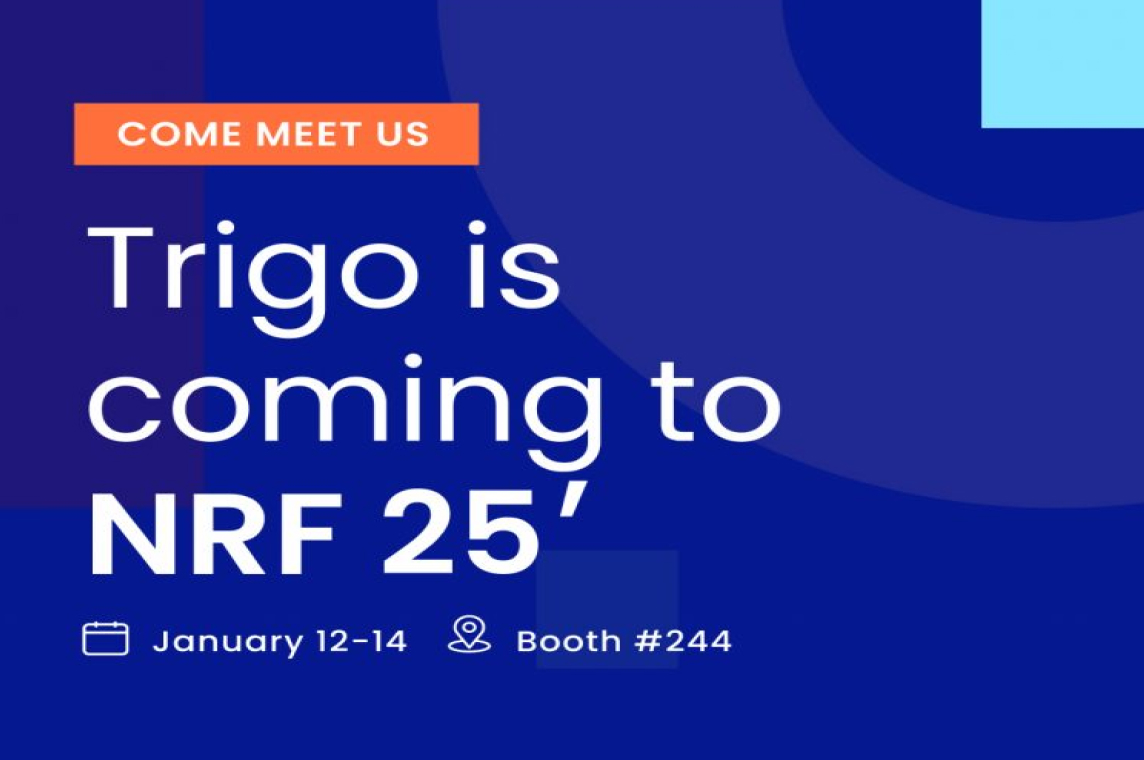Retailers looking to create a true store of the future will need to transform the in-store customer experience and rethink how they deliver value. Fortunately, they can look to the “real world” for lessons in how to do just that, because future shopping experiences will be shaped by shopper expectations that mimic their other, non-retail desires.
The role of physical stores in an omnichannel world
The shopping landscape is changing rapidly, and consumers now have more ways to shop without entering a physical location. Still, one area where physical stores have always held an advantage over digital options is being able to use experience to engage shoppers. While digital stores have plenty to offer, brick-and-mortar retailers are better equipped to add a dimension to the customer experience that their online competitors can’t match.
Experts now increasingly believe that the future of retail is a fusion of the online and offline worlds that focuses on end-to-end connected experiences. Digital solutions will play a huge role in transforming retail, with run-of-the-mill shopping experiences giving way to tailored and engaging conveniences like: seamless checkout, curbside pickup and more.
Forrester predicts that come 2024, over 70% of retail sales will take place in physical stores, not online. It’s apparent, then, that stores still have a clear role to play in retail’s future.
In other words, brick-and-mortars should aim to make the shopping experience a pleasurable lifestyle activity that goes far beyond today’s uninspiring offerings. Today, there are stores where customers can shop without a wallet or even a credit card. In smart supermarkets, cameras capture how many items a shopper puts in their bag, and payment is automatically triggered from their digital wallet.
Designing experiential shopping adventures
Creating integrated customer experiences starts with a deep understanding of customer needs like digital payments, easier return processes, and products they actually want to see in the store. Studies show that consumers want shopping experiences that are:
- Seamless
- Personalized
- User-friendly
- Intelligent
- Instantaneous
- Caring
Here’s how some well-known brands are making that happen for their customers.

Retail’s future: designed by consumer expectations
1. As seamless as exiting a Lyft or Uber
The rideshare payment model is one retailers should seek to emulate. Both Lyft and Uber have apps that simplify the checkout process by requiring customers to designate a payment method when they first set up their digital accounts. Once a rider reaches their destination, they can hop out of the car and approve the cost of the ride, leave a tip, and rate the experience after the driver pulls away.
Retailers should offer the same seamless experience by integrating computer-vision based frictionless checkout into their stores, allowing a truly frictionless shopping experience. This approach delivers real world value for the on-the-go lifestyle where consumers benefit from technology to skip the line and simply leave the store after completing their shopping, automatically receiving a receipt shortly after.
2. As personalized as Spotify
One of Spotify’s core missions is putting its listeners first. The audio streaming and media services provider tailors experiences to each and every customer’s unique tastes. A new in-app experience, “Only You,” focuses not only on a subscriber’s favorite music but also on how they listen.
Retail stores can design similar experiences that delight customers with 100% personalized shopping journeys and, for example, help shoppers double down on personal health goals.
3. As easy to use as Netflix
Consumers today are inundated with choices. Netflix designed a system that helps its indecisive customers by choosing shows and movies for them based on previous viewing habits. The streaming giant’s “Netflix Roulette” is incredibly easy to use: subscribers simply hit the spin button and let the app choose a title at random from Netflix’s entire catalog. It even gives you audience scores so you can spin again if the first result isn’t what you had in mind.
Future-proofing retail stores can make the shopping experience just as intuitive for their customers, allowing retailers and shoppers to establish a dynamic relationship that reduces the entire range of product-discovery related friction and maximizes in-store orientation.
4. As intelligent as Waze
Waze operates under the theory that the more accessible the map, the more people will want to use the app. The platform itself uses text-to-speech technology, but it’s the local volunteers who really set the mapping solution apart. These volunteers provide real-time data that Waze uses to ensure people get where they want to go as quickly as possible. Local governments use the app, too, to learn where problems like frequent crashes or bottlenecks occur.
Retailers, particularly supermarkets and grocery stores, can infuse computer vision and machine learning into their stores to enable features such as quicker navigation routes that get their customers in and out of the store as fast as possible. Other applications include improving stocking, ordering, and displays that enhance the overall shopping experience.
5. As instantaneous as GrubHub
GrubHub is the most popular food delivery service for a good reason: people get their food delivered with no fuss. All it takes is a couple of clicks on their smartphone, and their favorite meals quickly appear at their doorsteps. People can search by restaurant name, cuisine, or menu item and place their order online or by phone, free of charge. Any available special deals or coupons are automatically listed, and a 24/7 customer care team tracks each order to ensure the order is completed correctly.
It’s easy to see how retailers can use a similar model to get more orders, increase revenue, and build a loyal customer base. For instance, stores with huge inventories like Home Depot can design an app that optimizes product discovery and informs customers of sales, discounts, and expected delivery dates.
6. As caring as Headspace
People love Headspace because the online meditation company supports their emotional and physical well-being and helps them eat healthier and maintain a rewarding social life. The Headspace app uses simple daily actions and mindfulness practices to cultivate a sense the user is valuable, worthy, and lovable, no matter what’s happening in their lives.
Retailers who put their customers at the forefront of the shopping experience are defined by their likeability, friendliness, and personalized engagement with their customers across multiple channels. They can use in-store offerings like personal consultants, social media components, and hands-on product experiences that help customers feel seen and valued.
The future of retail is already here
No other car company comes close to Tesla in customer satisfaction and loyalty. But Tesla didn’t just show that electric cars were viable; it also made them desirable. Existing Tesla owners are so fanatic about the brand’s personalized customer experience they’re willing to wait years for the next model. Retailers, including supermarkets, can meet similar expectations in their customers by adopting innovative technologies like automated checkout processes that deliver 100% frictionless shopping experiences combined with data driven operations.
A change in shopping culture and a rethinking of the retail space has presented retailers with new opportunities—if they’re willing to seize them. From responding to customer demand to expanding offerings, businesses that adopt an omnichannel approach will reap the rewards of meeting their communities wherever they might be.









